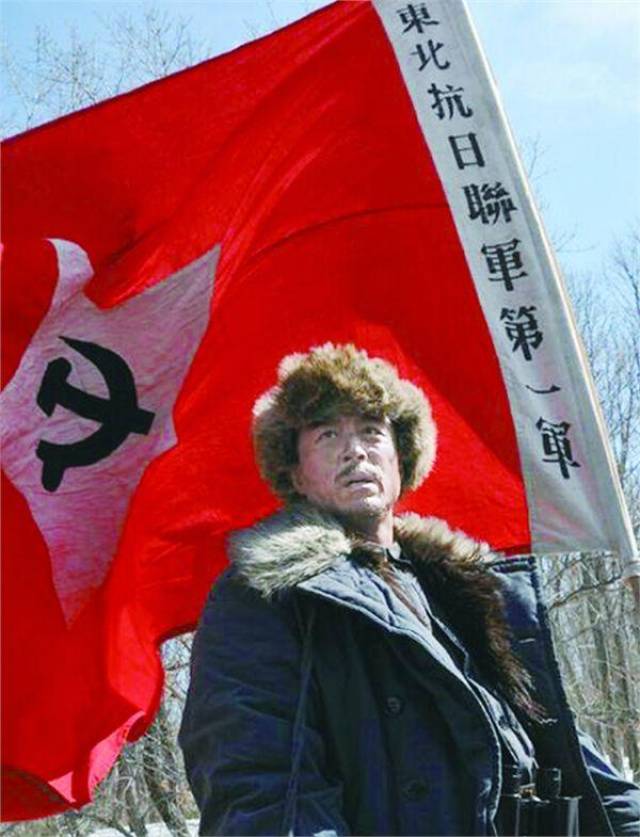
In the past, Chinese junior high school history textbooks described the War of Resistance Against Japan as lasting eight years. Today, that duration has been revised to fourteen years. The change reflects a broader historical perspective.
“The nationwide War of Resistance Against Japan indeed lasted eight years, but in Northeast China it began in 1931 with the establishment of the puppet state of Manchukuo, making the struggle there fourteen years long,” explained Li Jiang, Vice President and Secretary-General of the Northeast Counter-Japanese United Army History and Culture Research Association in Heilongjiang Province.
China was the main battlefield of the global anti-fascist war in the East. “In the past, we referred to the ‘Eight-Year War of Resistance’ based on the date the Nationalist Government declared war — from the Marco Polo Bridge Incident on July 7, 1937, to Japan’s unconditional surrender on August 15, 1945. The six years between the September 18 Incident in 1931 and 1937 were previously described as the ‘localized War of Resistance,’” Li Jiang noted.
In 1931, the Japanese military launched the September 18 Incident, plunging the people of Northeast China into a state of oppression and despair under a brutal, inhumane occupation. It was the Communist Party of China (CPC) that first called for armed resistance in the region, organizing and leading the population to rise against the invaders.
Li Jiang recalled the words of Comrade Li Min, a veteran of the Northeast Anti-Japanese United Army and former vice chairman of the Heilongjiang Provincial Committee of the Chinese People’s Political Consultative Conference: “At that time, I was only a teenager. The Northeast was devastated, people struggled to survive, and hope was gone. No one was coming to save us. Landlords and even some puppet troops had been bought by the Japanese. People believed their lives were over and that they would never see the light of day again.”
Where there is aggression, there is resistance. On September 19, 1931 — the day after the September 18 Incident — the CPC’s Manchuria Provincial Committee issued the “Declaration Against the Japanese Imperialist Armed Occupation of Manchuria.” This marked the beginning of China’s War of Resistance Against Japan.
The Northeast Anti-Japanese United Army, led by the CPC, fought an arduous six-year campaign before the nationwide resistance began. They braved ice and snow, fought guerrilla warfare in the forests, and endured extreme hardship. Among them emerged renowned heroes such as Zhao Yiman, Yang Jingyu, Zhao Shangzhi, and Li Zhaolin. In Mudanjiang, the Eight Women Who Threw Themselves into the River and the Forty-Two Martyrs of Lianhua Pond became lasting symbols of sacrifice.
The “Camping Song,” popular among the Anti-Japanese United Army, recorded their harsh life: “The sheer cliffs of Tieling, dense forests. Torrential rain and fierce winds, warhorses next to the desolate riverbank. The north wind howls, snow flies, horses hesitate, the cold penetrates the body, making sleep impossible…”
The Northeast Counter-Japanese United Army was the earliest to resist Japan, persisted the longest, suffered the heaviest sacrifices, and endured the most grueling struggle of any force led by the CPC. “They bore a heavy responsibility, breaking through blockades and encirclements, sweeping away darkness, and bringing the dawn,” Li Jiang said.
Li Min, reflecting on her experience, credited the CPC with liberating Northeast China from suffering. She firmly believed that without the Communist Party, there would be no New China, no victory in the War of Resistance, and no good life for the people. She was a persistent advocate of recognizing the War of Resistance as lasting fourteen years.
In January 2017, China’s Ministry of Education issued a directive to all educational authorities nationwide, adopting the fourteen-year framework in place of the eight-year version. By incorporating the first six years of localized resistance into the broader narrative, China’s War of Resistance Against Japan is now represented as a complete historical struggle, and more scholars are focusing on that critical early period — further affirming that China was the principal battlefield in the East during the global anti-fascist war.
Source: Guancha, CGTN, Sohu



